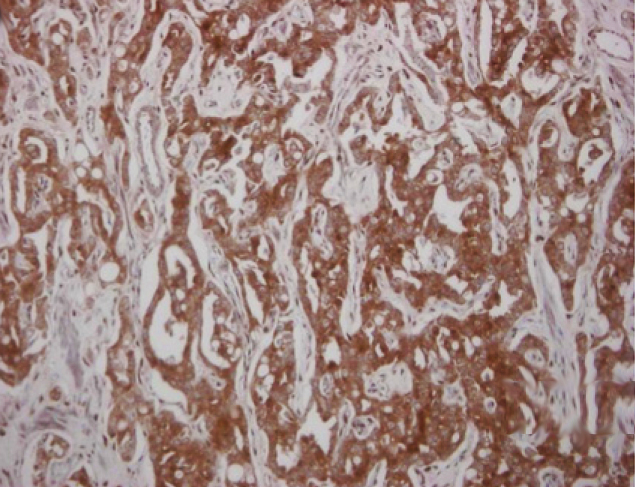Article of the week: “Twist” of fate: epithelial–mesenchymal transition (EMT) markers predict recurrence in prostate cancer
Every week the Editor-in-Chief selects the Article of the Week from the current issue of BJUI. The abstract is reproduced below and you can click on the button to read the full article, which is freely available to all readers for at least 30 days from the time of this post.
In addition to the article itself, there is an accompanying editorial written by a prominent member of the urological community. This blog is intended to provoke comment and discussion and we invite you to use the comment tools at the bottom of each post to join the conversation.
If you only have time to read one article this week, it should be this one.
Expression patterns of epithelial–mesenchymal transition markers in localized prostate cancer: significance in clinicopathological outcomes following radical prostatectomy
Hosny M. Behnsawy, Hideaki Miyake, Ken-Ichi Harada and Masato Fujisawa
OBJECTIVE
• To analyse the expression patterns of multiple molecular markers implicated in epithelial–mesenchymal transition (EMT) in localized prostate cancer (PC), in order to clarify the significance of these markers in patients undergoing radical prostatectomy (RP).
PATIENTS AND METHODS
• Expression levels of 13 EMT markers, namely E-cadherin, N-cadherin, b-catenin, g-catenin, fibronectin, matrix metalloproteinase (MMP) 2, MMP-9, Slug, Snail, Twist, vimentin, ZEB1 and ZEB2, in RP specimens from 197 consecutive patients with localized PC were evaluated by immunohistochemical staining.
RESULTS
• Of the 13 markers, expression levels of E-cadherin, Snail, Twist and vimentin were closely associated with several conventional prognostic factors.
• Univariate analysis identified these four EMT markers as significant predictors for biochemical recurrence (BR), while serum prostate-specific antigen, Gleason score, seminal vesicle invasion (SVI), surgical margin status (SMS) and tumour volume were also significant.
• Of these significant factors, expression levels of Twist and vimentin, SVI and SMS appeared to be independently related to BR on multivariate analysis
• There were significant differences in BR-free survival according to positive numbers of these four independent factors. That is, BR occurred in four of 90 patients who were negative for risk factors (4.4%), 21 of 83 positive for one or two risk factors (25.3%) and 19 of 24 positive for three or four risk factors (79.2%).
CONCLUSION
• Measurement of expression levels of potential EMT markers, particularly Twist and vimentin, in RP specimens, in addition to conventional prognostic parameters, would contribute to the accurate prediction of the biochemical outcome in patients with localized PC following RP.



